10 March 2015
Ways to Modernism: Josef Hoffmann, Adolf Loos, and Their Impact
MAK
A cura di Matthias Boeckl, Christian Witt-Dörring
Vienna
December 17, 2014 > April, 19 2015
When we think about Modernist Vienna, there are two names that immediately spring to mind: Hoffmann and Loos. Two great architects whom historians have often portrayed as opponents: the former the father of the refined Viennese Secession, the latter an uncompromising aesthete and pioneer of proto-rationalism. And Loos’s writings were indeed filled with invective against Secessionist circles, and even more against the international phenomenon of Henry van de Velde’s art nouveau. Fiercely antagonistic to hypertrophy in design, the author of Ornament and Crime waged war on the excessive use of decoration, promoting a linear and rational geometry, a functionality remote from any desire for ornamentation. Hoffmann, for his part, showed with his Wiener Werkstätte that a well-designed piece of furniture is every bit as good as a work of art. And yet, their work does not seem as different as their words would lead us to believe. The exhibition Ways to Modernism: Josef Hoffmann, Adolf Loos, and Their Impact, at the MAK Exhibition Hall in Vienna, presents an exhaustive overview of the course of the two architects’ development, through objects and materials on paper. The five sections of the exhibition do not fail to establish links and interactions with designers who have been influenced by the protagonists, from the 20th century to our own day. Particularly striking amongst the furnishings on display are the extraordinary reconstructions of two bedrooms: rigorous and severe the one designed by Hoffman for the Salzer apartment, unexpectedly voluptuous and tactile, with white drapes and fleece rugs, the one that Loos created for himself. These two outstanding examples, together with the extraordinary originals in the MAK collection, render the comparison pertinent and constructive, almost a Socratic dialogue at a distance in which the affinities overshadow the differences.
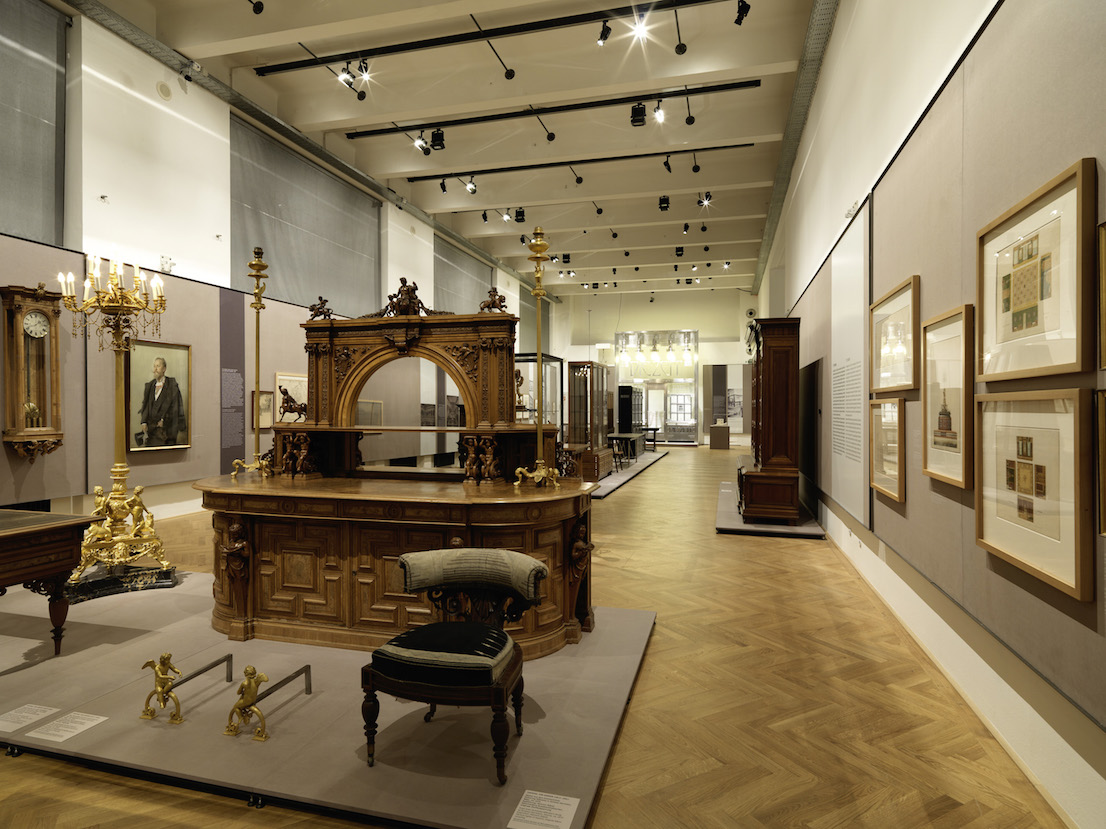
Ways to Modernism: Josef Hoffmann, Adolf Loos, and Their Impact, 2014. Exhibition View. Photo: © Peter Kainz/MAK.
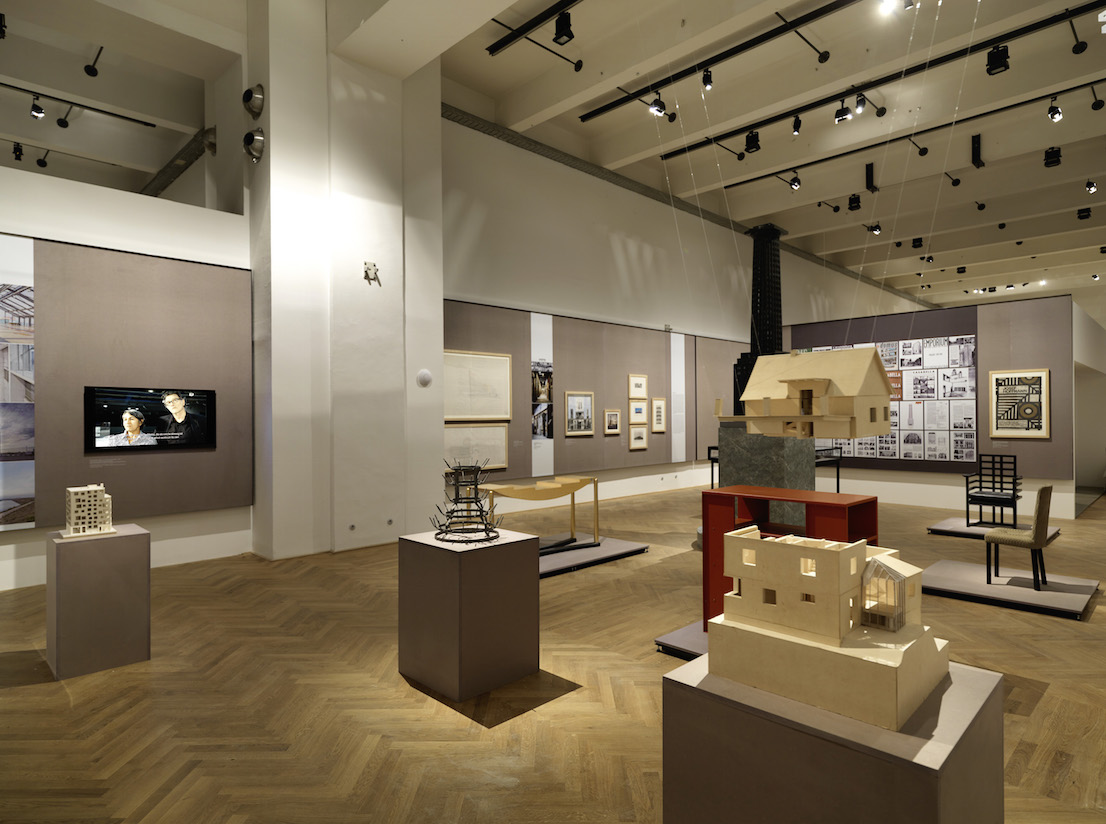
Ways to Modernism: Josef Hoffmann, Adolf Loos, and Their Impact, 2014. Exhibition View. Photo: © Peter Kainz/MAK.
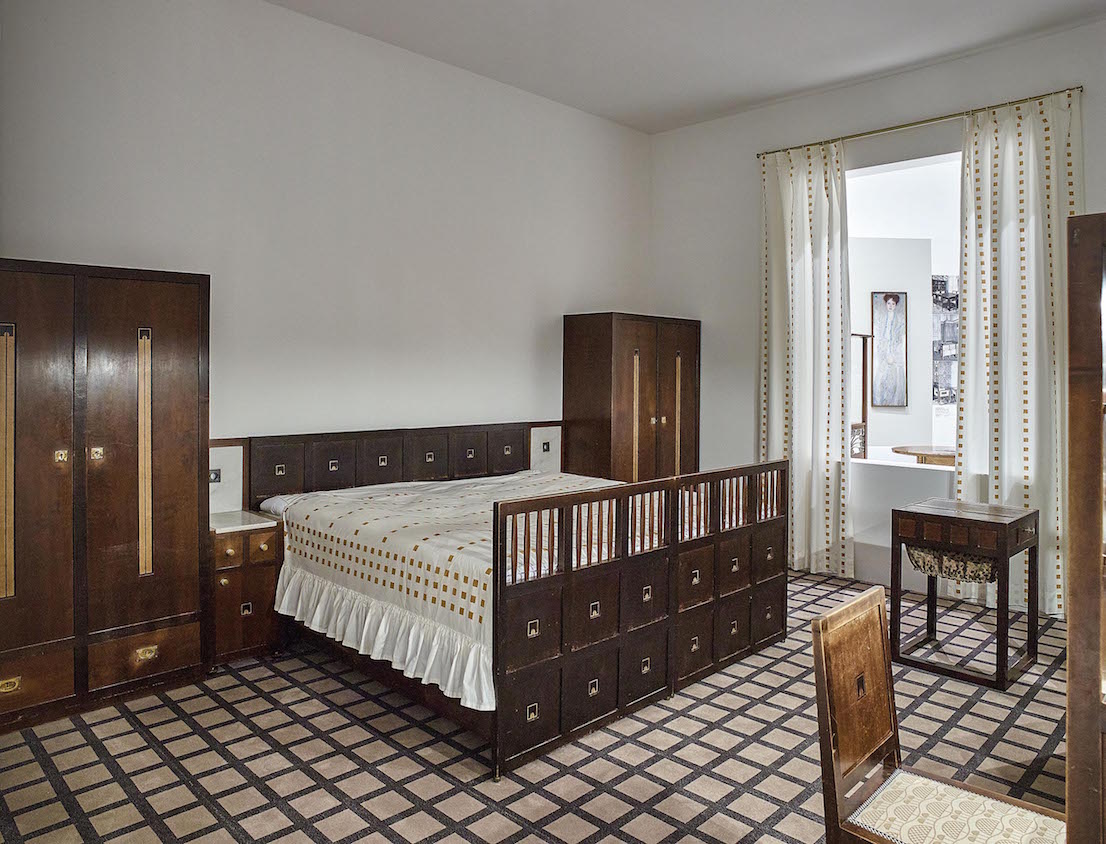
Ways to Modernism: Josef Hoffmann, Adolf Loos, and Their Impact, 2014. Exhibition View. Photo: © Peter Kainz/MAK.
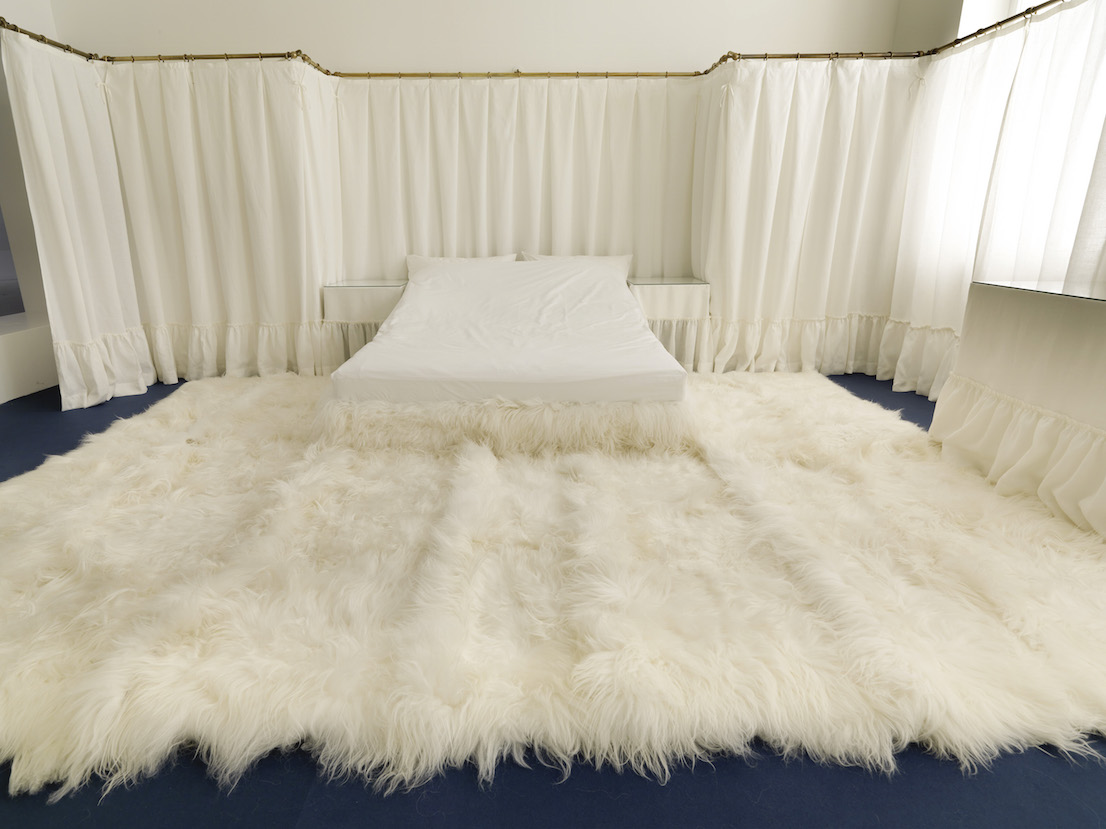
Ways to Modernism: Josef Hoffmann, Adolf Loos, and Their Impact, 2014. Exhibition View. Photo: © Peter Kainz/MAK.
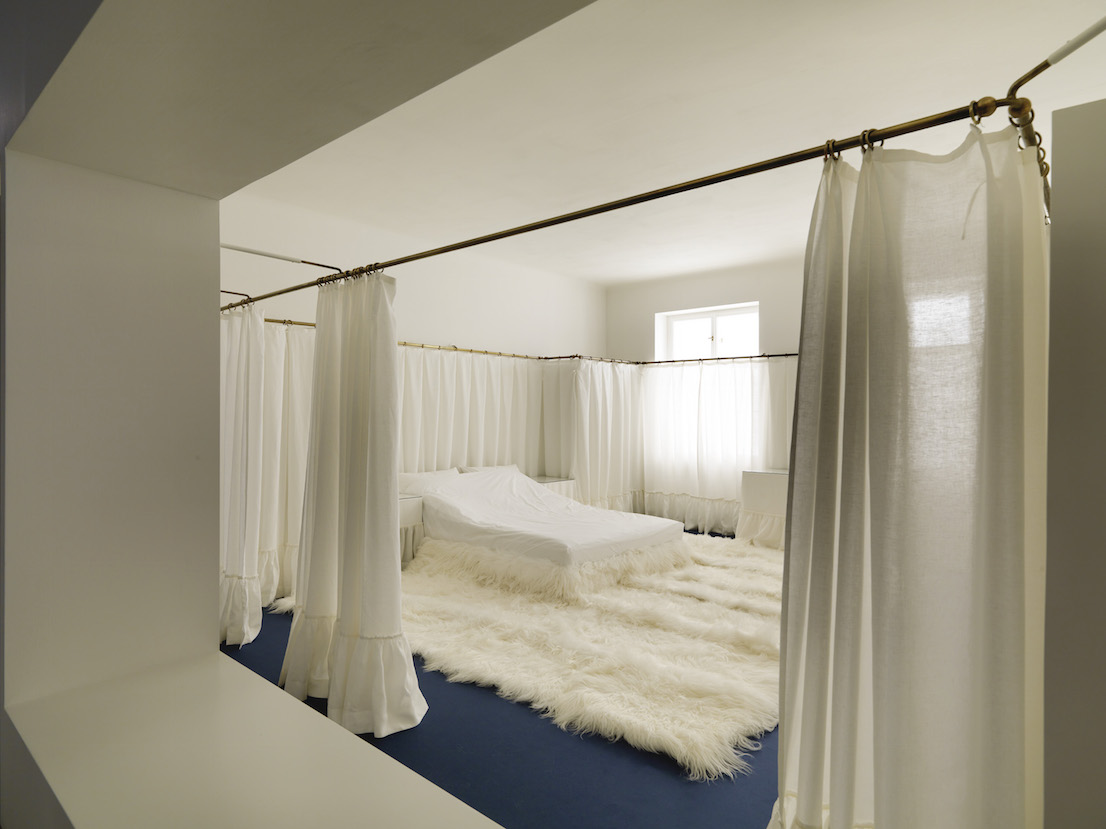
Ways to Modernism: Josef Hoffmann, Adolf Loos, and Their Impact, 2014. Exhibition View. Photo: © Peter Kainz/MAK.
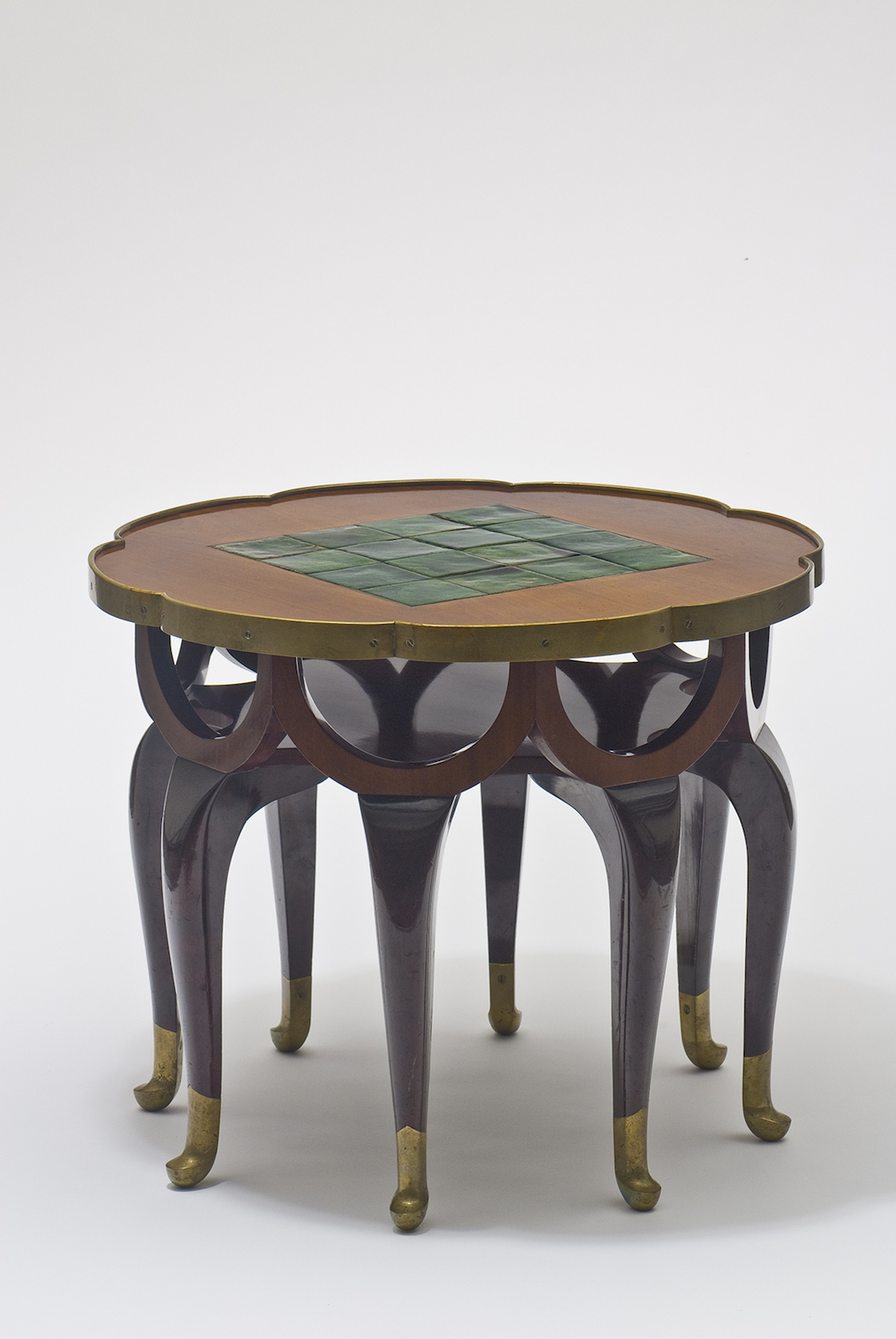
Max Schmidt and foreman Berka table for the Turnowsky apartment decorated by Adolf Loos, 1900. Courtesy: © MAK/Georg Mayer.
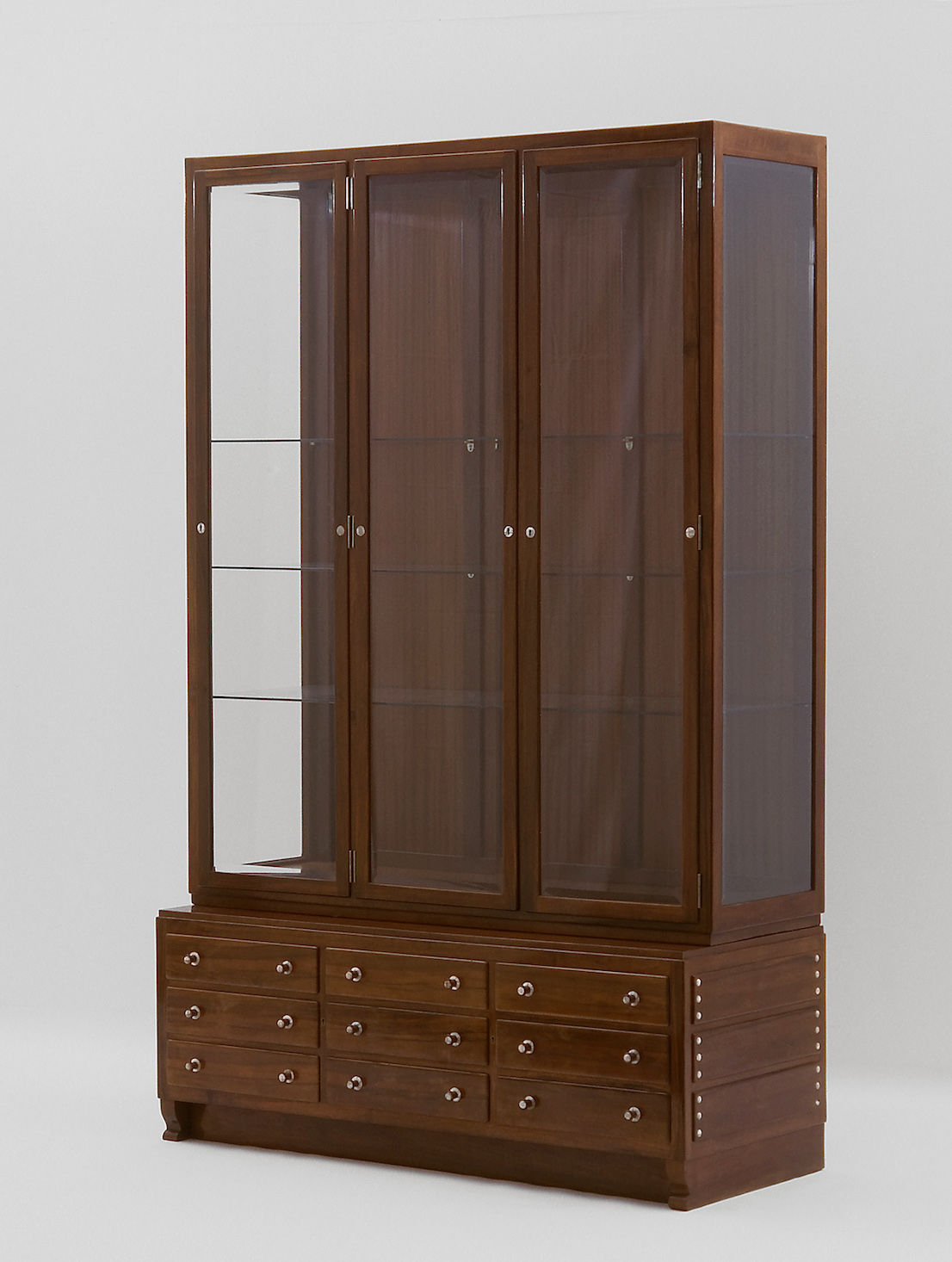
Otto Wagner dining room cabinet for Wagner’s apartment on Köstlergasse, 1899. Courtesy: © MAK/Georg Mayer.
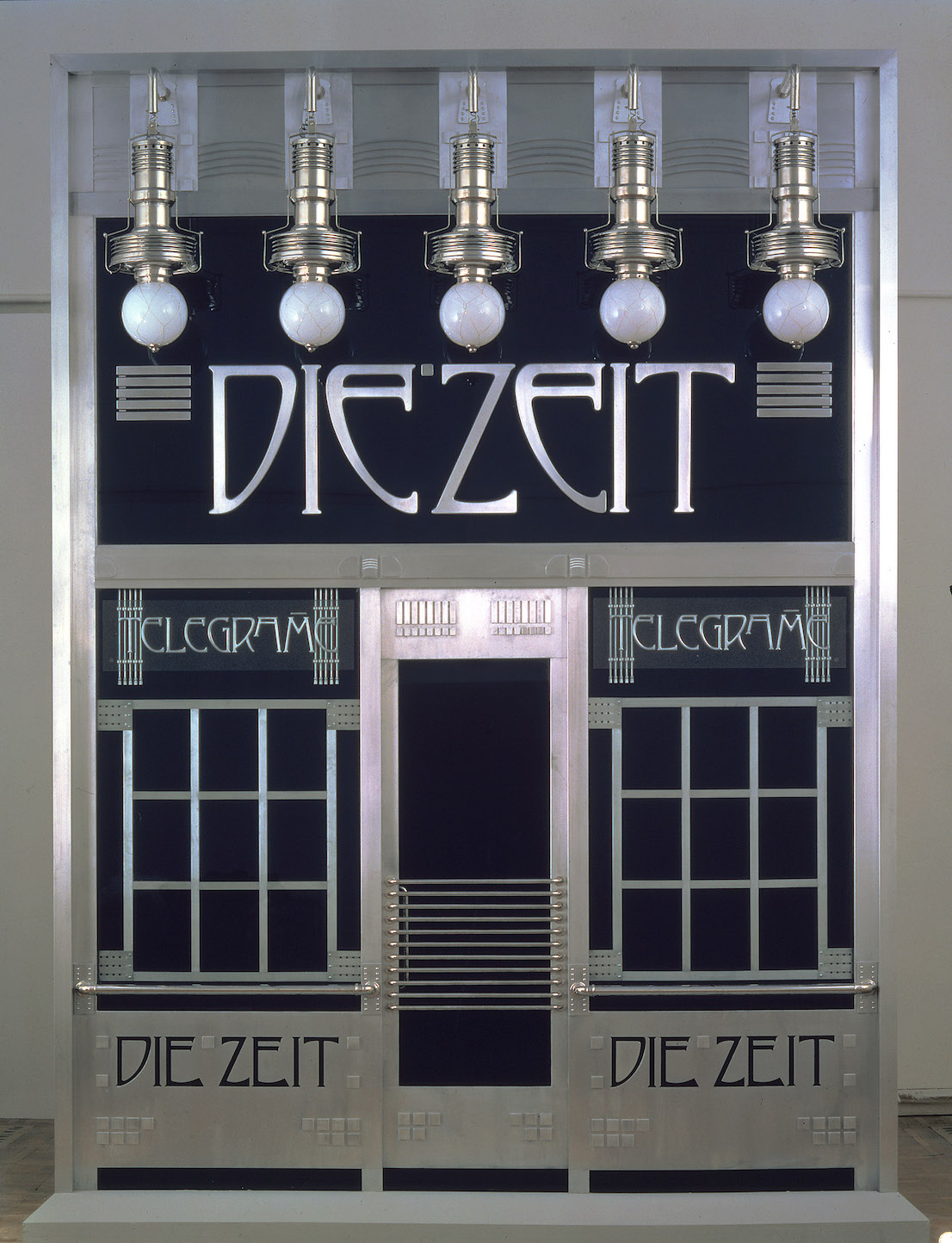
Otto Wagner portal of the telegram office of Die Zeit (reconstruction by Adolf Krischanitz and Otto Kapfinger), 1902/1985. Courtesy: Wien Museum.
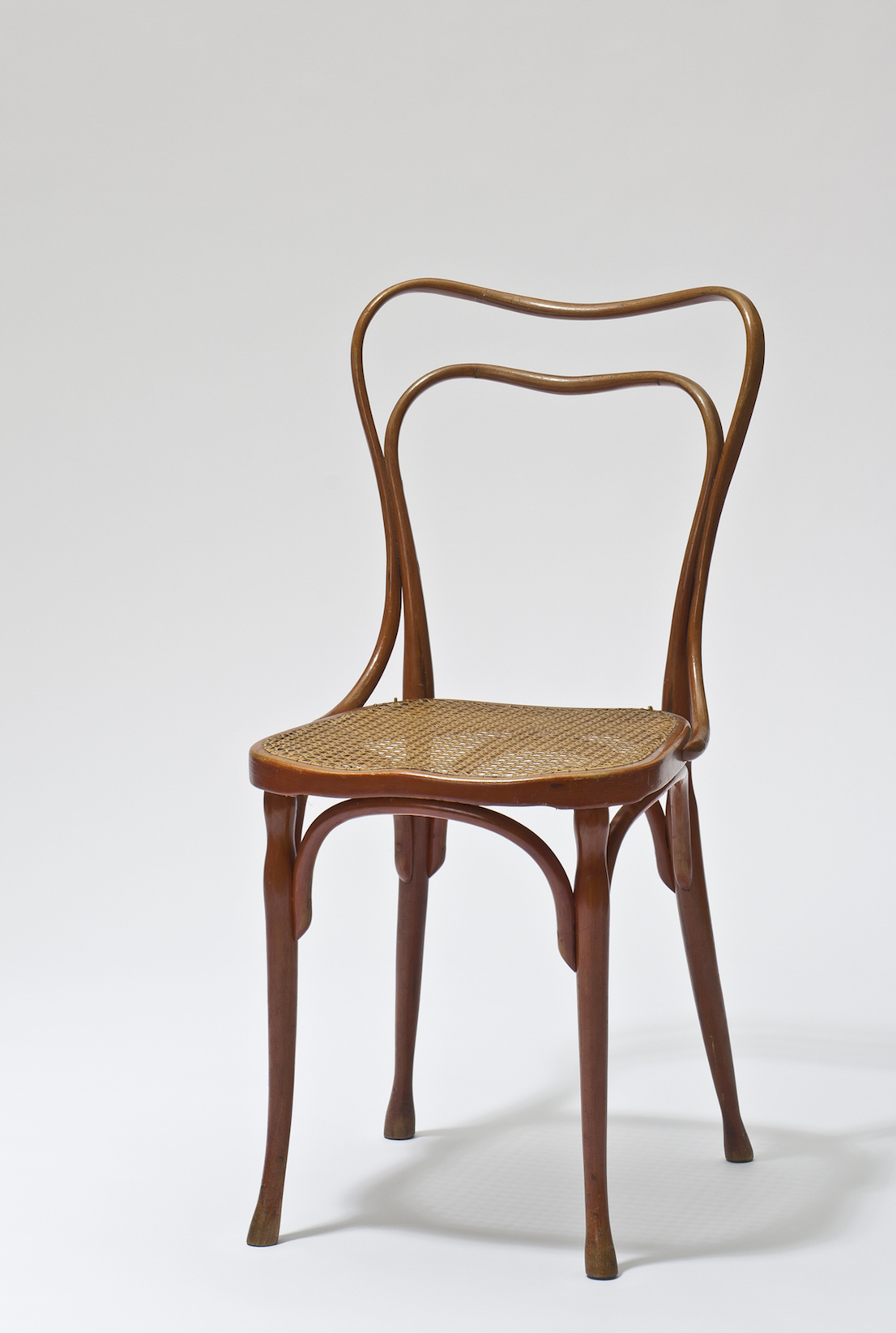
Adolf Loos chair for Café Museum, Vienna, 1899. Courtesy: © MAK/Georg Mayer.
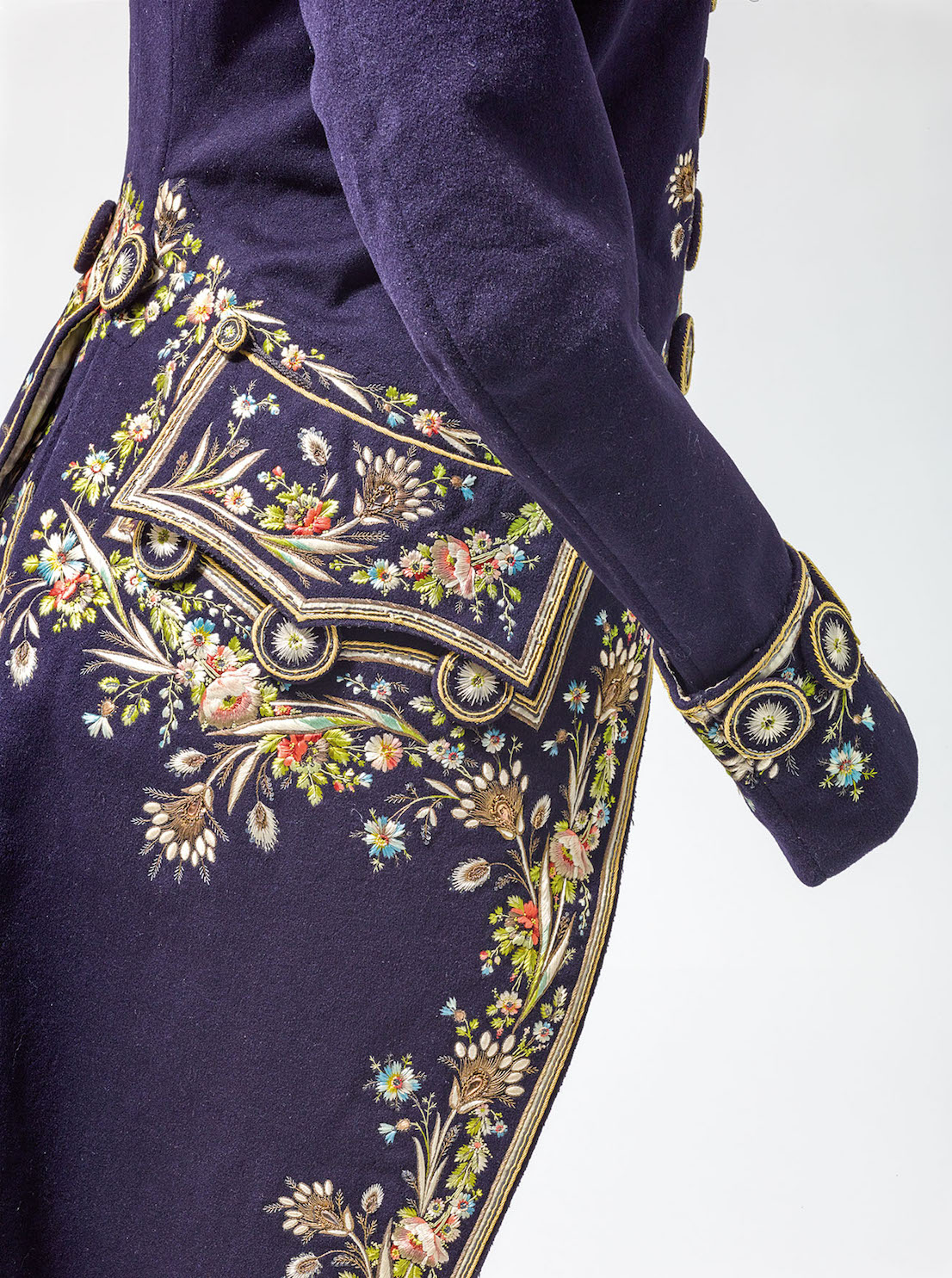
Anonym Men’s coat, Vienna, beginning of 19th c. Courtesy: © MAK/Georg Mayer.
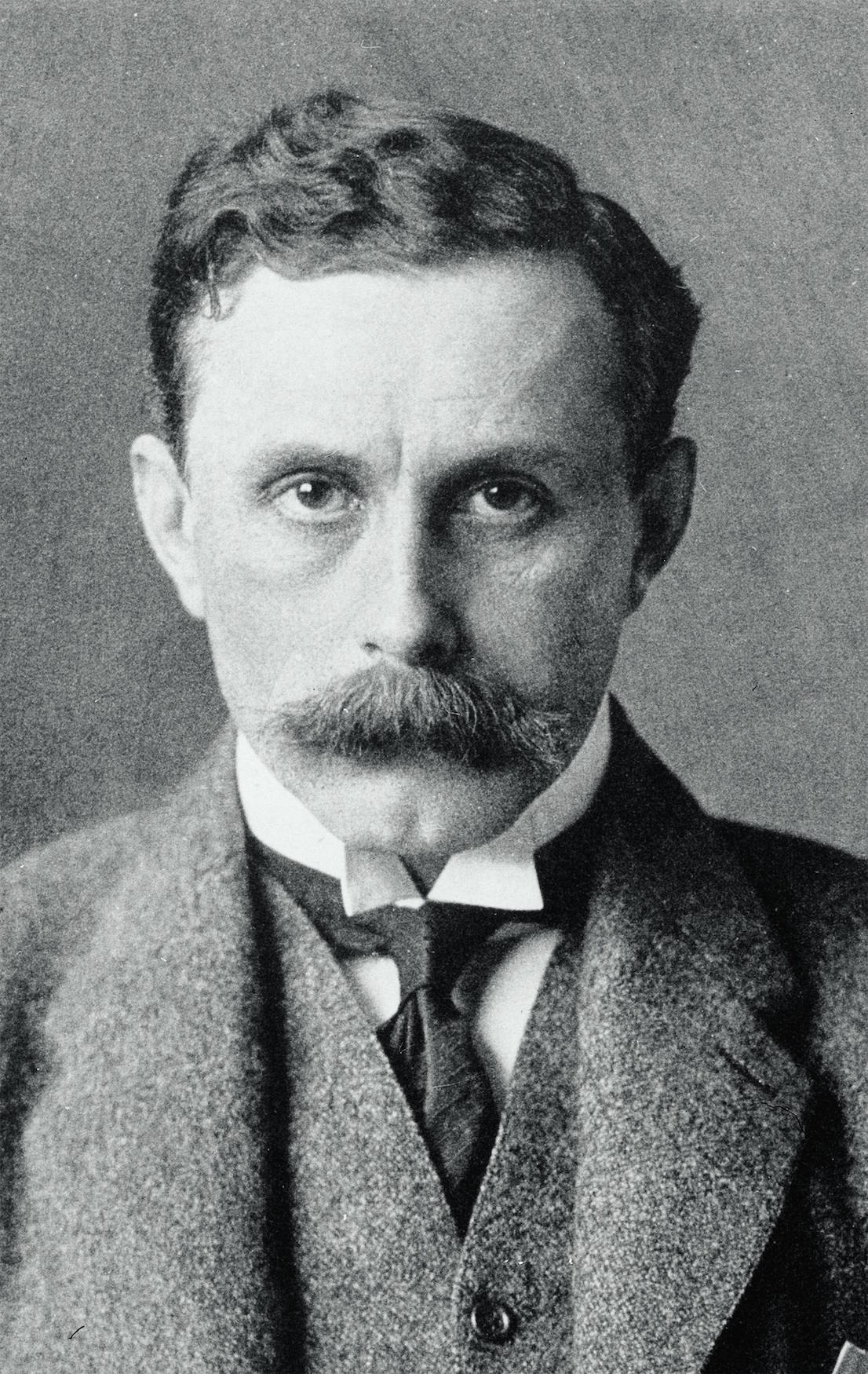
Adolf Loos, 1903. Courtesy: © ÖNB/Wien, NB 509090-B.
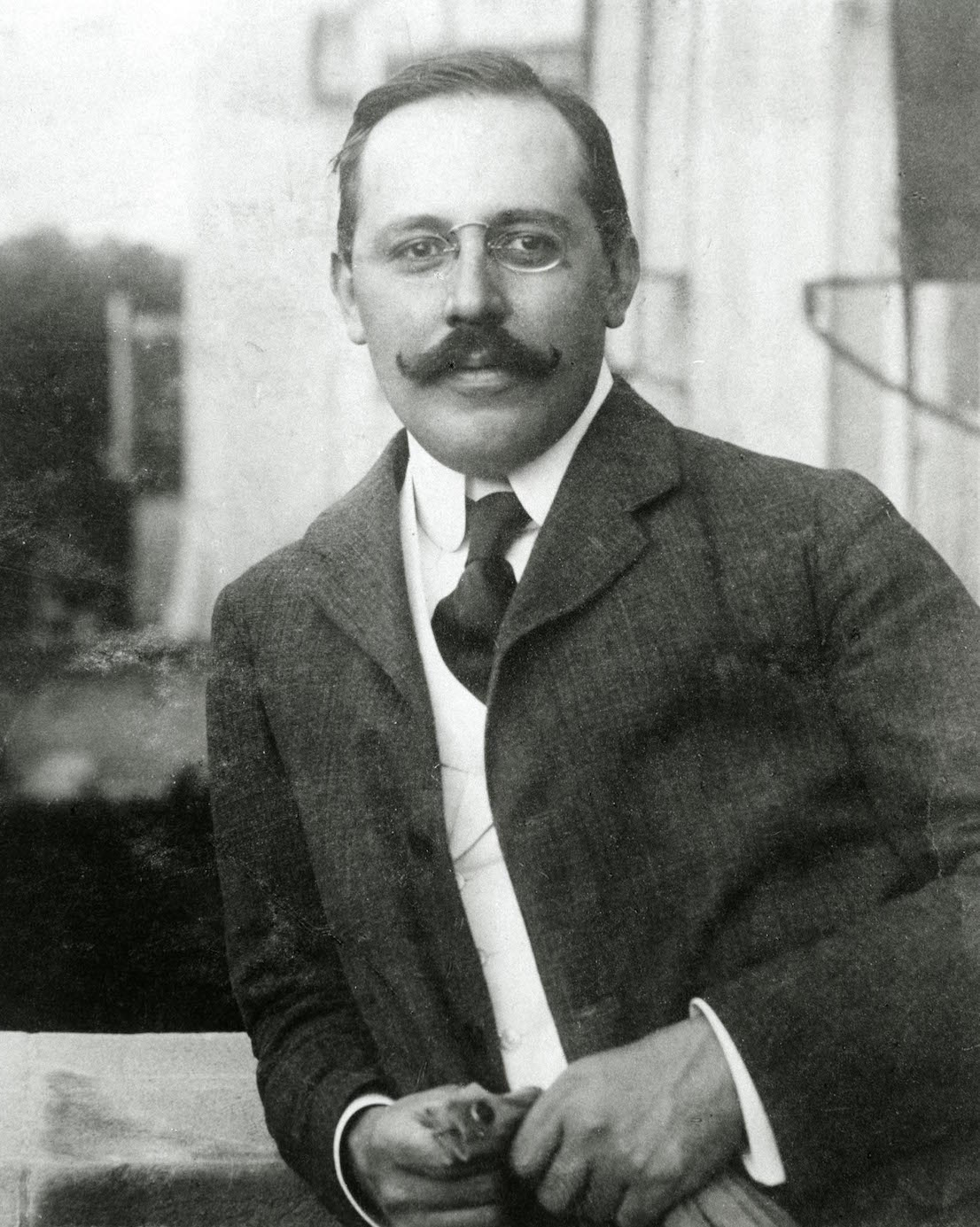
Josef Hoffmann, 1903. Courtesy: © ÖNB/Wien, NB 509090-B.